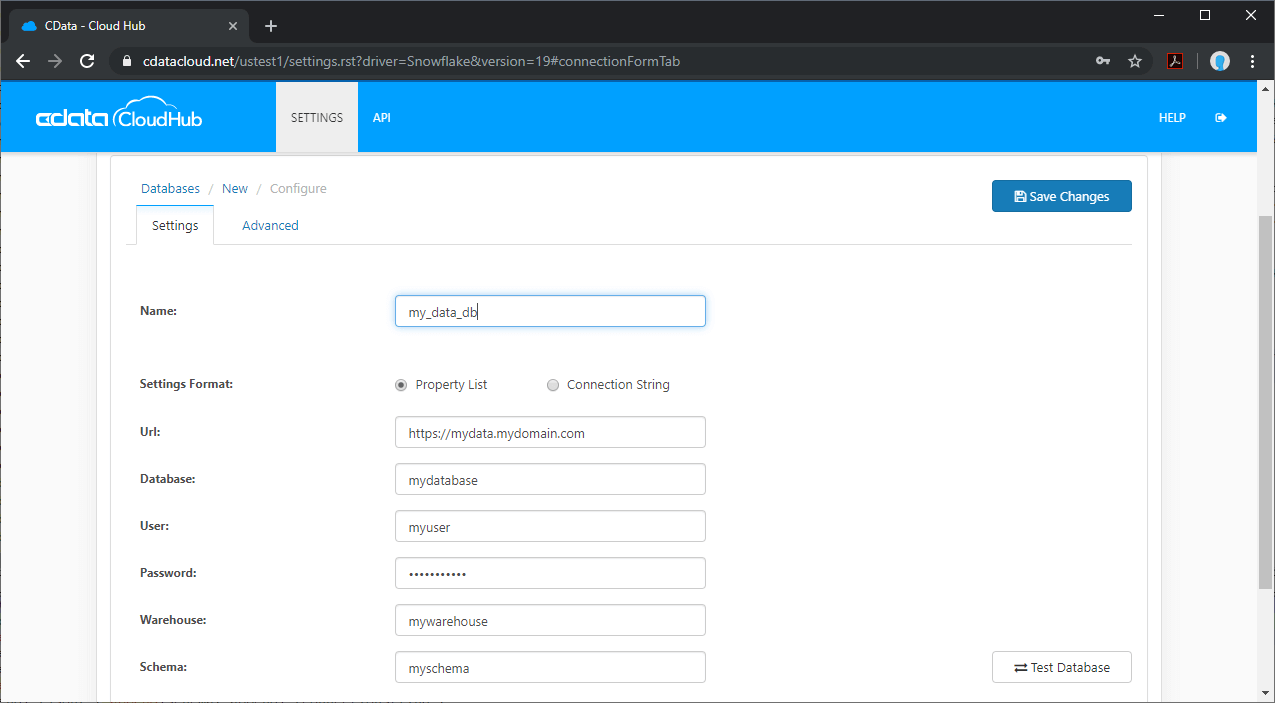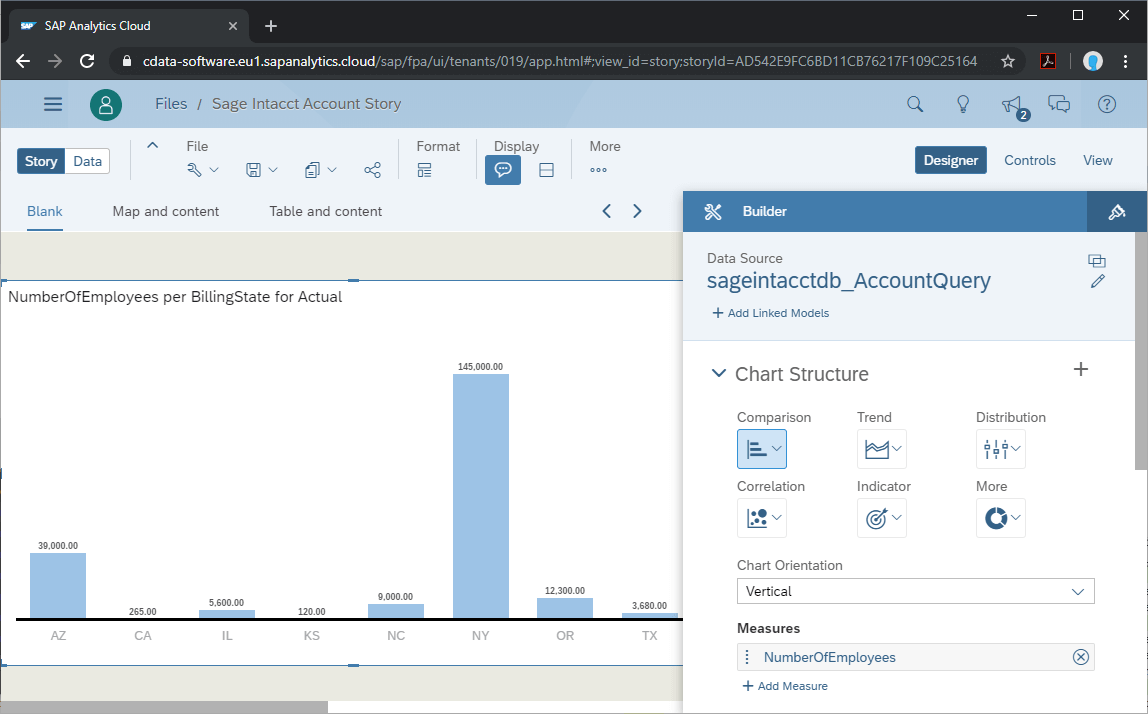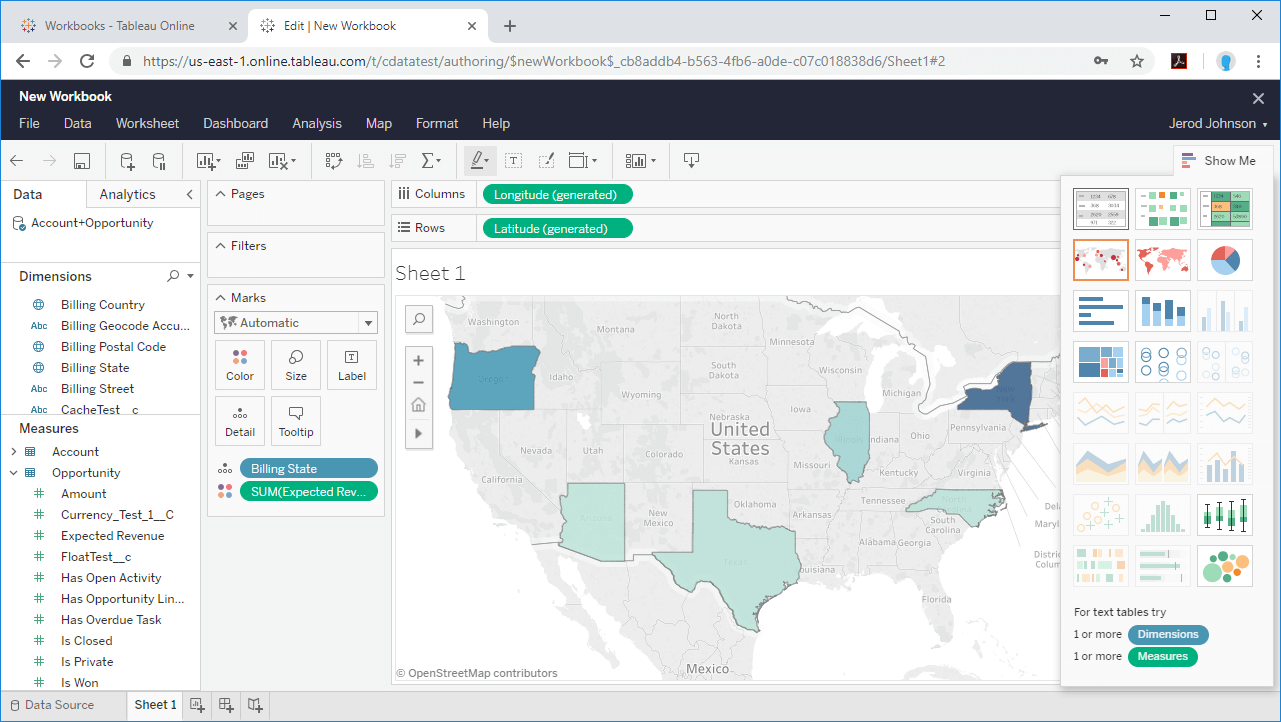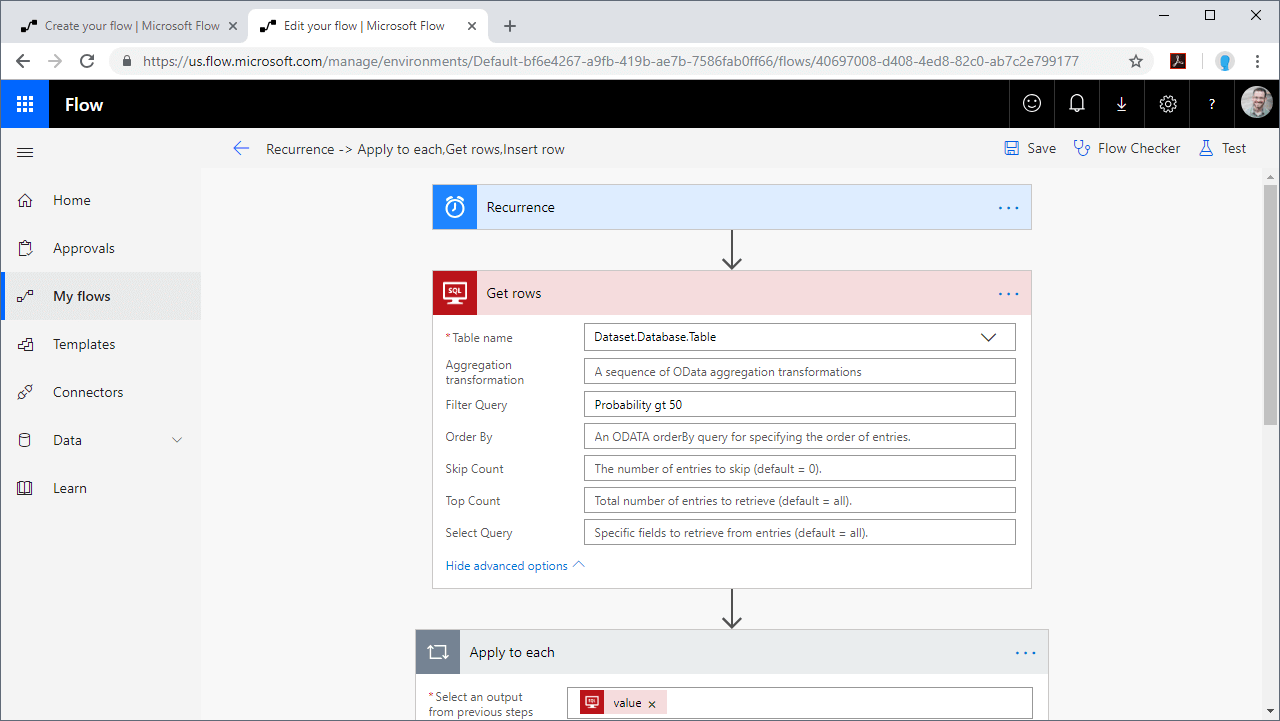Discover how a bimodal integration strategy can address the major data management challenges facing your organization today.
Get the Report →CData Cloud Hub: Live Cloud-to-Cloud Connectivity
Featured Integrations
Oracle NetSuite + Looked Studio (formerly Google Data Studio)
Sage Intacct + SAP Analytics Cloud
Microsoft Dynamics 365 + Tableau Online
Google BigQuery + Microsoft Flow
Business data is increasingly siloed behind different services, often for good reason. You have chosen your cloud storage solution, your accounting software, and your marketing applications because they all do precisely what you need to drive business.
Unfortunately, this means that getting access to your data for business intelligence, data analytics, or even ETL presents a new challenge: integration.
The CData Cloud Hub provides a single point of contact for all of your data, solving the challenges of data integration so you can focus on your core business tasks and processes.
Pure Cloud Data Integration in 3 Simple Steps
By virtualizing each data source as a database and offering access through the ubiquitous MySQL & TDS wire protocols and popular REST standards like OData, the Cloud Hub grants live access to all of your data, all in the cloud.
Regardless of the cloud-based data tool you are working with, using the Cloud Hub follows the same basic pattern:
- Create a virtual database for your SaaS, Big Data, or NoSQL data source
- Connect to the Cloud Hub from your tool, platform, or app (using MySQL, SQL Server, or OData)
- Gain insights and drive business (through visualizations, reporting, ETL, app development, and more)
In this post, we walk through how to create a virtual database and highlight a few of the direct, cloud-to-cloud integrations made possible by the Cloud Hub, with links to deeper dives into the integrations.
Creating a Virtual Database
To connect to your data from the Cloud Hub, create a virtual database for your data source using the point-and-click web interface for your Cloud Hub instance:
- Log into your Cloud Hub instance
- Click the Databases tab
- Select a data source
- Configure the connection

Once you have created the virtual database, connecting to your data from cloud-based and on-premise data applications is as simple as using the MySQL, SQL Server, or OData connectivity native to your application.
Create Reports from NetSuite Data in Looked Studio
Use the built-in MySQL connector in Looker Studio to connect to live NetSuite data through the CData Cloud Hub to connect to live NetSuite data and create custom reports.

Analyze Sage Intacct Data in SAP Analytics Cloud
To work with live Sage Intacct data in SAP Analytics Cloud, connect to the Cloud Hub using SAP Analytics Cloud's native OData connectivity, create a data model based on the OData endpoint(s) and build a new story from your live Sage Intacct data.

Build Microsoft Dynamics 365 Visualizations in Tableau Online
Use the MySQL Connector native to Tableau Online to create a live, cloud-to-cloud connection to the Cloud Hub, select the Microsoft Dynamics 365 table(s) you wish to visualize and configure your Tableau visualization.

Integrate BigQuery Data into Automated Tasks with Microsoft Flow
To integrate live BigQuery data into your Microsoft Flow tasks, create a SQL Server Connection to the Cloud Hub and incorporate the connection into your flows using SQL Server actions.

Live Cloud-to-Cloud Integration
CData Cloud Hub gives you live, cloud-based access to all of your data from all of the tools and applications you already use. To learn more about how the Cloud Hub works and get a free demo, visit our Cloud Hub page. As always, our world-class Support Team is here to answer any questions you have.






